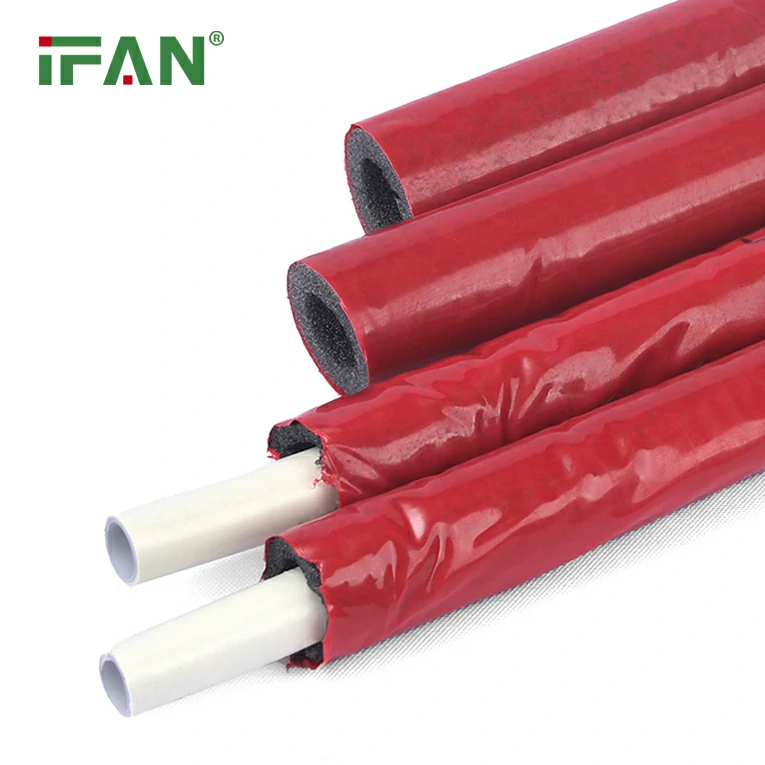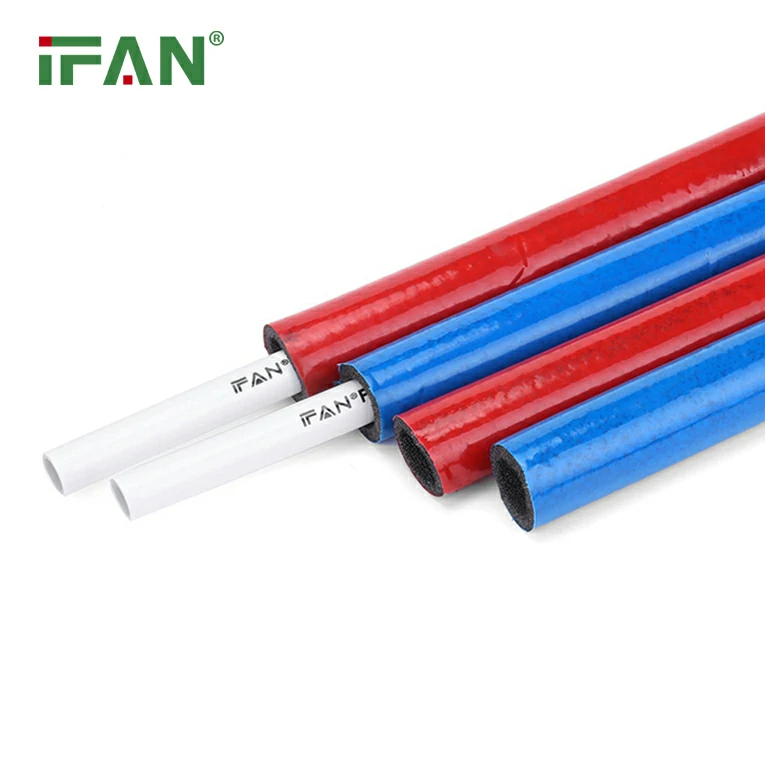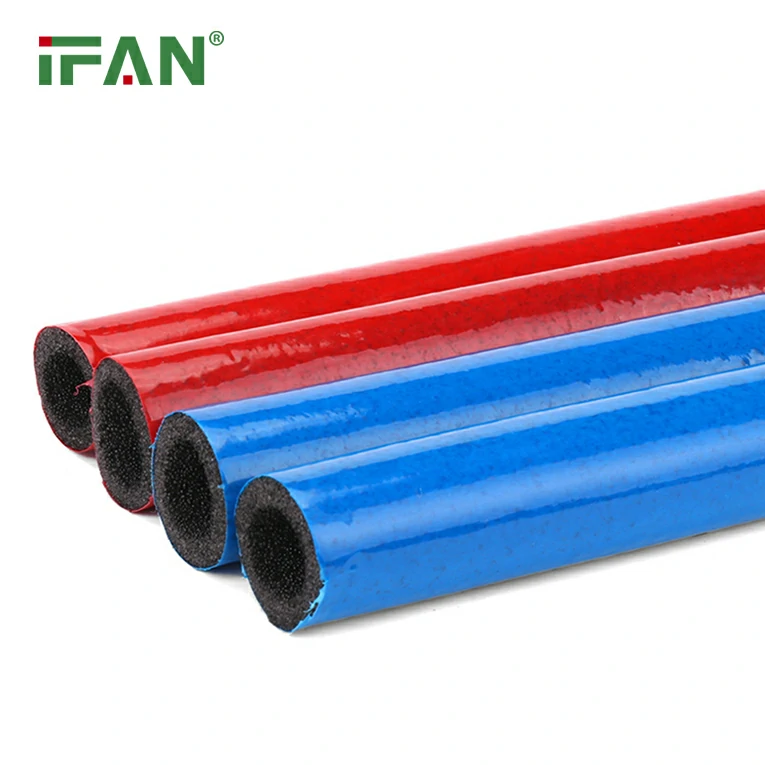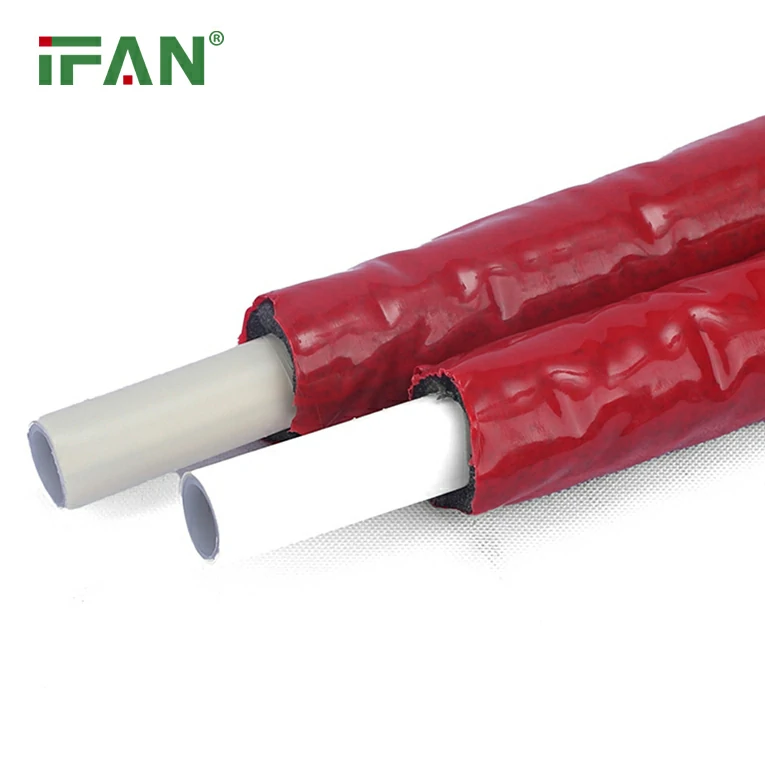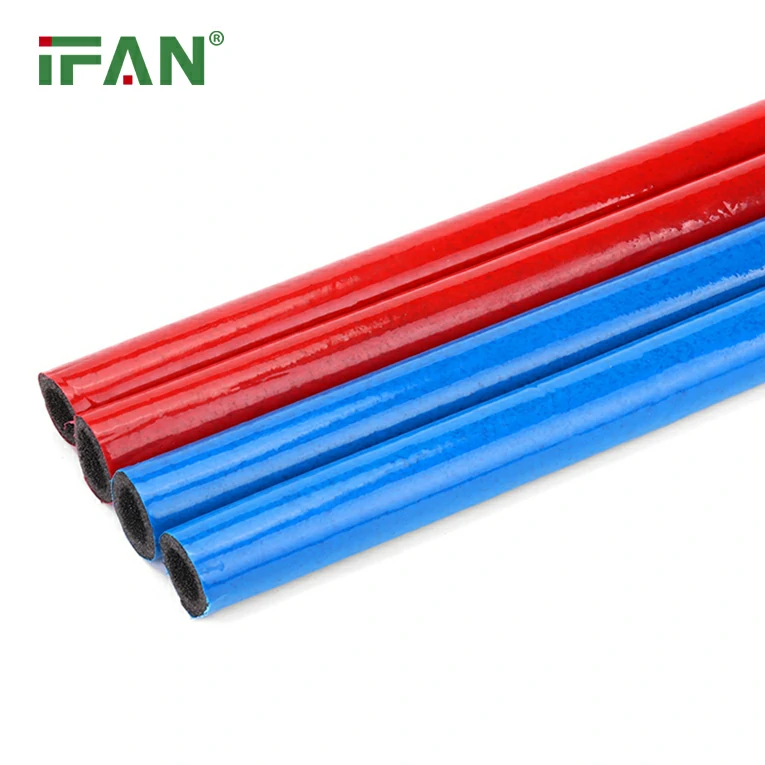Introduction
In the plumbing industry, the efficiency and reliability of piping systems are paramount. As the demand for effective plumbing solutions grows, innovations in pipe sealing technology have become crucial. Uponor, a leading manufacturer in plumbing and heating systems, has developed a faster and more reliable sealing process for PEX (cross-linked polyethylene) pipes. This advancement not only enhances the performance of PEX systems but also raises important considerations for alternative materials like PPR (Polypropylene Random Copolymer) pipes. This article will explore the innovations in PEX pipe sealing by Uponor, the benefits of these advancements, and how they compare to PPR pipes in terms of installation and performance.
Understanding PEX and PPR Pipes
PEX Pipes
PEX pipes are known for their flexibility, resistance to corrosion, and ease of installation. They are widely used in residential and commercial plumbing systems for hot and cold water distribution. The cross-linking process used in PEX production enhances its durability and allows it to expand and contract without cracking, making it an ideal choice for various applications.
PPR Pipes
PPR pipes, on the other hand, are made from polypropylene random copolymer, making them resistant to high temperatures and pressures. These pipes are lightweight, easy to install, and have excellent chemical resistance. PPR pipes are commonly used in hot and cold water systems, as well as in industrial applications. While both PEX and PPR pipes offer unique advantages, the choice between them often depends on specific project requirements and local regulations.
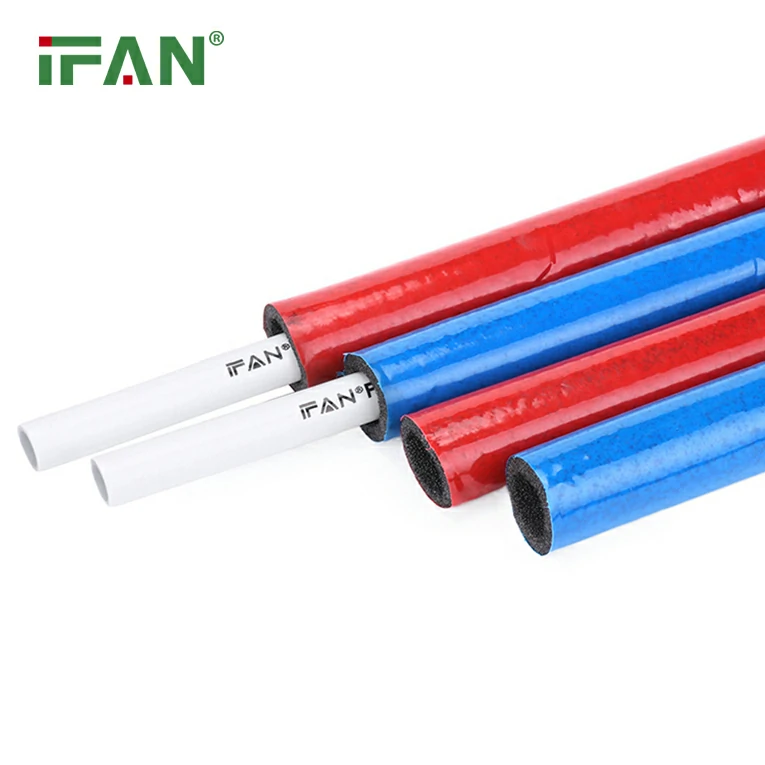
The Importance of Pipe Sealing
Proper sealing of pipes is critical to ensuring leak-free plumbing systems. A reliable sealing process minimizes the risk of water loss, prevents contamination, and enhances the overall efficiency of the plumbing system. In the case of PEX pipes, Uponor’s advancements in sealing technology have revolutionized the installation process.
Uponor’s Innovations in PEX Pipe Sealing
Uponor has developed several innovative techniques and products that streamline the PEX pipe sealing process. These advancements focus on improving speed, reliability, and ease of use, making PEX installations faster and more efficient.
1. ProPEX Expansion Fittings
One of the key innovations from Uponor is the ProPEX expansion fitting system. This system uses an expansion tool to temporarily enlarge the PEX pipe, allowing for easy insertion of the fitting. Once the pipe contracts back to its original size, a secure seal is formed.
- Speed and Efficiency: The ProPEX system allows for quick installation without the need for additional adhesives or solvents, reducing labor time significantly.
- Strong Connections: The expansion method creates a strong, reliable connection that is resistant to leaks, ensuring long-term performance.
2. Uponor’s Unique Pipe Design
Uponor’s PEX pipes are designed with a unique cross-linking process that enhances their flexibility and durability. This design allows for easier handling and installation, making it an ideal choice for both new construction and retrofitting projects.
- Reduced Risk of Damage: The flexibility of Uponor’s PEX reduces the risk of damage during installation, particularly in tight spaces or complex layouts.
- Enhanced Resistance to Temperature Changes: The innovative design helps the pipes withstand temperature fluctuations, minimizing the risk of bursting or leaks.
3. Integrated System Solutions
Uponor offers integrated system solutions that combine PEX piping with advanced sealing technologies. These solutions are designed to work seamlessly together, providing a comprehensive approach to plumbing installations.
- Streamlined Installation: By using a complete system from one manufacturer, installers can benefit from compatibility and ease of use, reducing the chances of errors during installation.
- Consistent Quality: Integrated solutions ensure that all components meet high-quality standards, enhancing the overall reliability of the plumbing system.
Comparing PEX and PPR Pipe Sealing Processes
While Uponor’s advancements in PEX pipe sealing are noteworthy, it is essential to compare them with the sealing processes used for PPR pipes. Both materials have their own advantages and challenges when it comes to sealing.
PEX Pipe Sealing
- Expansion Fittings: The ProPEX expansion method creates a secure seal without the need for additional materials. This process is quick, efficient, and results in strong connections.
- Flexibility: The flexibility of PEX allows for easier installation in various configurations, reducing the need for complex fittings and joints.
PPR Pipe Sealing
- Heat Fusion Method: PPR pipes are typically joined using a heat fusion method, where the pipe and fitting are heated and then fused together. This creates a strong, permanent bond.
- Installation Considerations: While the heat fusion method is reliable, it requires careful temperature control and equipment, which can increase installation time and complexity.
Advantages of PEX Over PPR
- Speed of Installation: The PEX sealing process, particularly with Uponor’s innovations, is generally faster than the heat fusion method used for PPR pipes.
- Less Equipment Required: PEX installations often require fewer specialized tools compared to PPR, making them more accessible for contractors and DIY enthusiasts.
Advantages of PPR Over PEX
- Higher Temperature Resistance: PPR pipes can handle higher temperatures than PEX, making them suitable for hot water applications in industrial settings.
- Chemical Resistance: PPR pipes have excellent chemical resistance, making them ideal for applications involving aggressive substances.
Addressing Safety Concerns
As the plumbing industry evolves, safety remains a top priority. Both PEX and PPR pipes have undergone rigorous testing to ensure their safety for drinking water applications. However, it is crucial to consider the following:
1. Chemical Leaching
- PEX Concerns: Some studies have raised concerns about chemical leaching from PEX pipes, particularly in the early stages of installation. However, reputable manufacturers, including Uponor, adhere to strict safety standards to minimize these risks.
- PPR Safety: PPR pipes are known for their low leaching potential, making them a safe choice for drinking water applications.
2. Microbial Growth
Both PEX and PPR pipes can support microbial growth if not properly maintained. Regular flushing and maintenance are essential for both types of piping systems to ensure clean and safe water delivery.
Conclusion
Uponor’s advancements in PEX pipe sealing processes have significantly improved the speed and reliability of plumbing installations. The ProPEX expansion fitting system and the unique design of Uponor’s PEX pipes streamline the installation process, making it easier and more efficient for contractors. While PEX offers several advantages, including faster installation and flexibility, PPR pipes remain a strong alternative, particularly in applications requiring higher temperature resistance and chemical durability.
Ultimately, the choice between PEX and PPR pipes depends on specific project requirements, local regulations, and the desired characteristics of the plumbing system. As technology continues to evolve, both materials will play essential roles in providing safe and efficient plumbing solutions.
Frequently Asked Questions (FAQs)
1. What is the ProPEX expansion fitting system?
The ProPEX expansion fitting system is an innovative sealing method developed by Uponor that uses an expansion tool to temporarily enlarge PEX pipes for easy fitting insertion, creating a secure seal once the pipe contracts.
2. How does PPR pipe sealing differ from PEX?
PPR pipes are typically joined using a heat fusion method, while PEX pipes can use expansion fittings for a quicker and more flexible installation process.
3. Are PEX pipes safe for drinking water?
Yes, PEX pipes are considered safe for drinking water applications when manufactured by reputable companies that adhere to safety standards.
4. What are the advantages of using PEX over PPR?
PEX pipes offer faster installation, greater flexibility, and often require fewer specialized tools compared to PPR pipes, making them more accessible for various projects.
5. How can I ensure the longevity of my PEX or PPR plumbing system?
Regular maintenance, including flushing the system and checking for leaks, is essential for both PEX and PPR plumbing systems to ensure longevity and safe water delivery.

